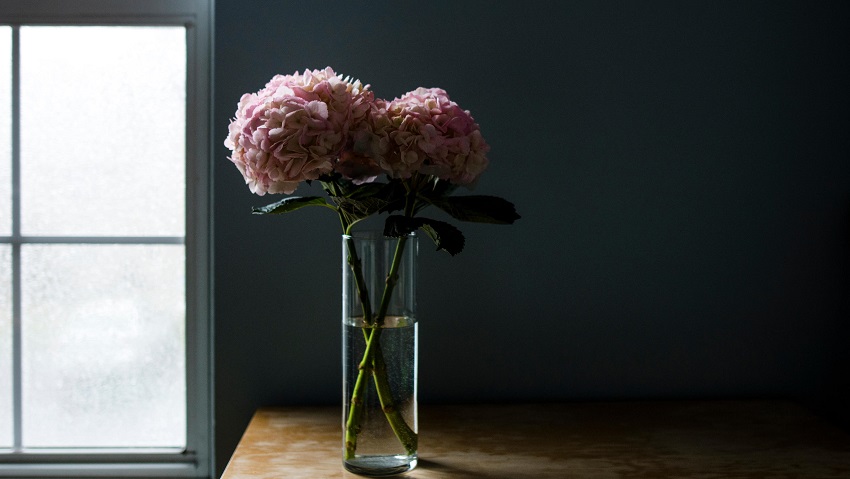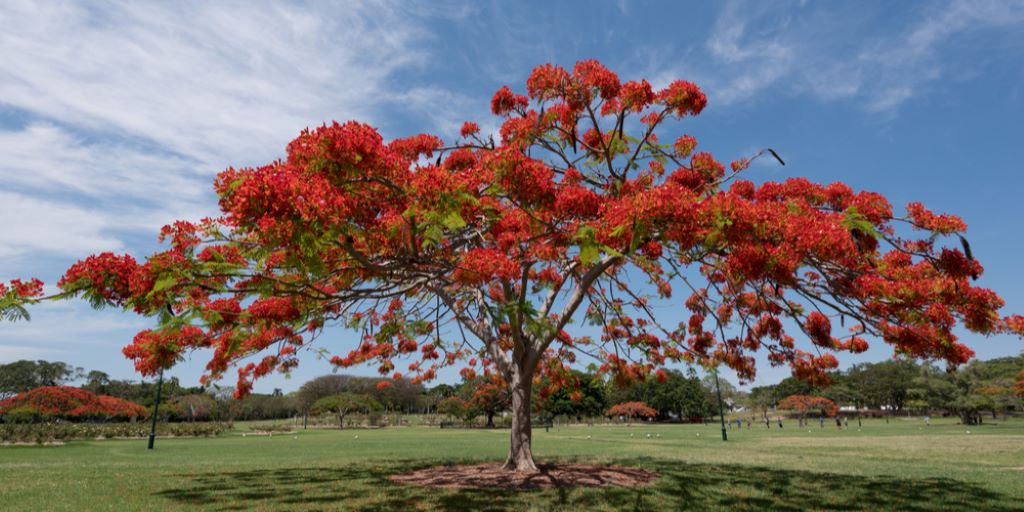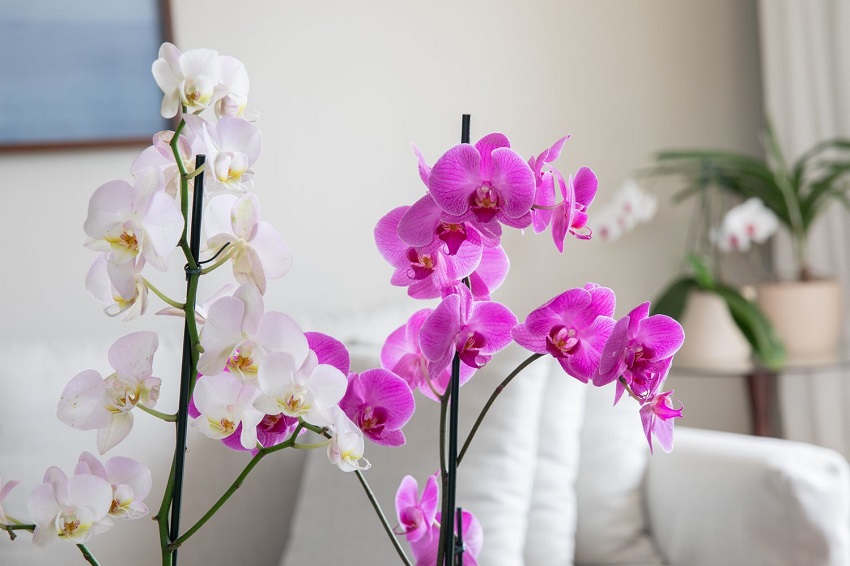Hydrangeas are stunning flowering plants that can add a touch of elegance and beauty to any garden or landscape. Whether you’re a seasoned gardener or just starting out, knowing how to keep your hydrangeas alive and thriving is essential. In this article, we will delve into the secrets of successful hydrangea care, providing you with expert tips and techniques to help your plants flourish.
Understanding Hydrangeas
Before we dive into the specifics of caring for hydrangeas, it’s important to understand the nature of these plants. Hydrangeas belong to the Hydrangeaceae family and are native to Asia and the Americas. They are known for their large, showy flower heads and come in a variety of colors, including blue, pink, purple, and white. If you’re wondering what side of the house do you plant hydrangeas, it’s important to note that different types of hydrangeas have different light requirements. Understanding the different types of hydrangeas and their unique requirements will greatly assist you in their care.
Types of Hydrangeas
- Bigleaf Hydrangeas (Hydrangea macrophylla): These hydrangeas produce large, round flower heads and are known for their ability to change color based on soil pH. Acidic soil results in blue flowers, while alkaline soil yields pink flowers.
- Panicle Hydrangeas (Hydrangea paniculata): These hydrangeas have elongated flower clusters and are typically more tolerant of different growing conditions.
- Smooth Hydrangeas (Hydrangea arborescens): These hydrangeas are known for their white, spherical flower heads and are generally hardy and easy to maintain.
- Oakleaf Hydrangeas (Hydrangea quercifolia): These hydrangeas have distinctive lobed leaves similar to oak trees and produce cone-shaped flower heads. They also exhibit beautiful fall foliage.
Essential Hydrangea Care Tips
Now that we have a basic understanding of hydrangeas, let’s explore the essential care tips that will help you keep them alive and flourishing.
1. Choosing the Right Location
Hydrangeas thrive in areas with dappled or partial shade, especially during the hottest hours of the day. They prefer well-draining soil that is rich in organic matter. It’s important to select a location that provides adequate sunlight and protection from strong winds, as they can damage the delicate flower heads.
2. Soil Preparation and pH
Hydrangeas have specific soil pH preferences, which influence the color of their flowers. For blue flowers, the soil should be acidic with a pH range of 5.2 to 5.5. On the other hand, pink flowers require alkaline soil with a pH of 6.0 to 6.2. Conduct a soil test to determine the pH level and amend accordingly using additives such as aluminum sulfate or lime.
3. Watering Techniques
Proper watering is crucial for the health of hydrangeas. These plants prefer moist, well-drained soil. Water deeply and consistently, ensuring that the root zone receives adequate hydration. Avoid overwatering, as this can lead to root rot. Applying a layer of organic mulch around the base of the plant will help retain moisture and regulate soil temperature.
4. Pruning Guidelines
Pruning hydrangeas is essential for maintaining their shape, promoting healthy growth, and encouraging abundant blooms. The ideal time to prune depends on the type of hydrangea. Bigleaf hydrangeas should be pruned after flowering, while panicle hydrangeas can be pruned in late winter or early spring. Remove dead or damaged branches, and prune back old wood to encourage new growth.
5. Fertilizing Routine
Regular fertilization is key to providing hydrangeas with essential nutrients for optimal growth and flower production. Apply a balanced, slow-release fertilizer in early spring or incorporate organic matter into the soil. Be cautious not to over-fertilize, as this can lead to excessive foliage growth at the expense of flowers.
6. Protecting from Frost and Winter Care
Hydrangeas are susceptible to frost damage, especially in colder regions. To protect your plants, cover them with burlap or a frost blanket when temperatures drop. Additionally, proper winter care involves mulching around the base of the plant to insulate the roots from freezing temperatures.
Achieving Hydrangea Success
By following these expert tips and techniques, you’ll be well-equipped to keep your hydrangeas healthy and vibrant. Remember to tailor your care routine based on the specific type of hydrangea you have and your regional climate. Regular observation, attention to detail, and a little love will go a long way in ensuring the long-term success of your hydrangea plants.
In conclusion, hydrangeas are enchanting plants that can elevate the aesthetic appeal of any garden or landscape. By providing them with the right growing conditions, nurturing them with proper care, and understanding their unique requirements, you can enjoy a profusion of beautiful blooms year after year.











